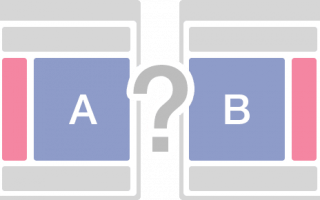The Hasura GraphQL engine makes your data instantly accessible over a real-time GraphQL API, so you can build and ship modern apps and APIs faster. Hasura connects to your databases, REST servers, GraphQL servers, and third party APIs to provide a unified realtime GraphQL API across all your data sources.
Introduction
To use the Hasura GraphQL engine, you need to:
- Deploy the Hasura GraphQL engine with access to a Postgres database
- Set up and test your GraphQL API using the Hasura console UI (also possible via the CLI or API)
- Consume the generated GraphQL API from your client apps
Get started from scratch
- Using Hasura Cloud (recommended): Create a new Hasura Cloud project with just a few clicks.
- Using Docker: Run a local development setup that sets up both the Hasura GraphQL engine and Postgres using Docker Compose.
Get started using an existing database
- Using Hasura Cloud (recommended): Create a new Hasura Cloud project connected to an existing Postgres database.
- Using Docker: Run as a docker container and connect to an existing Postgres database.
- Using Kubernetes: Run on Kubernetes and connect to an existing Postgres database.
Features
- Make powerful queries: Built-in filtering, pagination, pattern search, bulk insert, update, delete mutations
- Realtime: Convert any GraphQL query to a live query by using subscriptions
- Merge remote schemas: Access custom GraphQL schemas for business logic via a single GraphQL Engine endpoint. Read more.
- Trigger webhooks or serverless functions: On Postgres insert/update/delete events (read more)
- Works with existing, live databases: Point it to an existing Postgres database to instantly get a ready-to-use GraphQL API
- Fine-grained access control: Dynamic access control that integrates with your auth system (eg: auth0, firebase-auth)
- High-performance & low-footprint: ~15MB docker image; ~50MB RAM @ 1000 req/s; multi-core aware
- Admin UI & Migrations: Admin UI & Rails-inspired schema migrations
- Postgres ❤️: Supports Postgres types (PostGIS/geo-location, etc.), turns views to graphs, trigger stored functions or procedures with mutations
Architecture
The Hasura GraphQL Engine fronts a Postgres database instance and can accept GraphQL requests from your client apps. It can be configured to work with your existing auth system and can handle access control using field-level rules with dynamic variables from your auth system.
You can also merge remote GraphQL schemas and provide a unified GraphQL API.
Client-side tooling
Hasura works with any GraphQL client. We recommend using Apollo Client. See awesome-graphql for a list of clients.
Add business logic
GraphQL Engine provides easy-to-reason, scalable and performant methods for adding custom business logic to your backend:
Remote schemas
Add custom resolvers in a remote schema in addition to Hasura’s Postgres-based GraphQL schema. Ideal for use-cases like implementing a payment API, or querying data that is not in your database – read more.
Trigger webhooks on database events
Add asynchronous business logic that is triggered based on database events. Ideal for notifications, data-pipelines from Postgres or asynchronous processing – read more.
Derived data or data transformations
Transform data in Postgres or run business logic on it to derive another dataset that can be queried using GraphQL Engine – read more.
Demos
Check out all the example applications in the community/sample-apps directory.
Realtime applications
- Group Chat application built with React, includes a typing indicator, online users & new message notifications.
- Live location tracking app that shows a running vehicle changing current GPS coordinates moving on a map.
- A realtime dashboard for data aggregations on continuously changing data.



